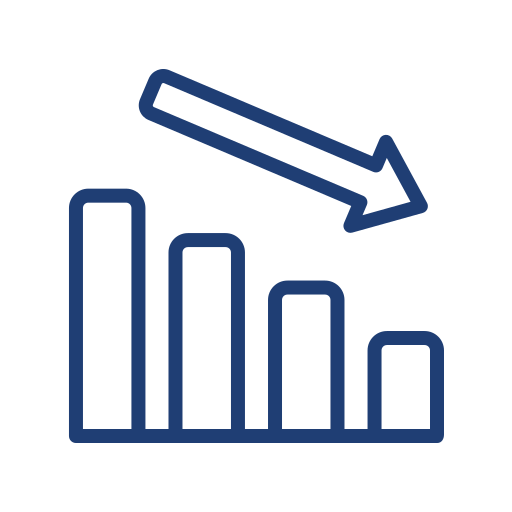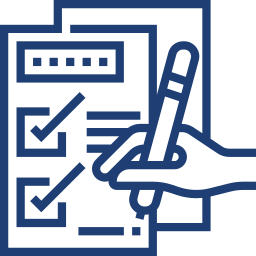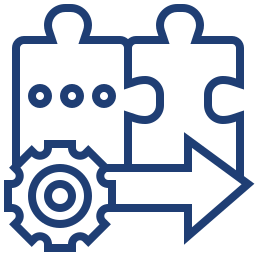Client is a company that provides patients with life-changing therapies that transform human health. It is a leader in the biotechnology industry, specializing in researching and developing life-saving vaccines, biologic drugs, and novel cell and gene therapies. An outstanding team of nearly 8,000 associates across 40 countries continuously supplies the tools and services to researchers and biopharmaceutical producers who need to work better, faster, and safer.
The project described in this business case was the key one from the perspective of the company’s operations. It concerned sales activities, specifically the process of managing potential customers, that is, lead management. As a result, the global process was implemented, enabling structured and effective sales and marketing activities.
The purpose of the implementation was to standardize and optimize the global process of potential customer management, that is, lead management in the organization. On the one hand, the challenges concerned the typical technical issues and, on the other hand – everything else related to change management.
The technical challenges resulted from the silo approach in the area of marketing and sales. The organization operated with two systems: Salesforce CRM and Marketo, a marketing automation tool. Data about customers were stored in these two tools, the records were duplicated, and therefore, there was no single source of truth about potential customers. The silo approach was accompanied by the incomprehension of the lead management process. As a result, the data was of poor quality. This led to inaccurate reporting and made it impossible to plan marketing and sales activities precisely.
Therefore, the actions associated with customer data flow needed to be unified. What did this mean? First of all, building from scratch the Lead Scoring process. Then, improving the process of marketing campaign management and RFQ (quote request) management. After enhancing these processes and improving customer data quality, the next step was to appoint the so-called governance body responsible for monitoring the process in a new reality.
Besides the technical side of the project, familiarizing users with the aforementioned new reality was also a challenge, as well as taking care of the new solution’s high adoption, despite years of habit.
The additional difficulty was a consequence of the implementation scope, mostly plurality of markets. The project covered dozens of countries (different time zones and different needs associated with cultural diversity) and a few thousands of people performing various organizational functions.

To the needs of the project, over 300,000 duplicated records were removed from the MA Marketo tool and Salesforce CRM; both these systems were integrated out. This way a tailored solution built from scratch was created and it enables cross-sectional lead management in the organization.
New conversion metrics were established for leads, also appropriate restrictions and validations were introduced for the users of the system – and all this to avoid future issues related to record duplication. The customer data management process was also improved from the perspective of GDPR.
For the project’s success, it was necessary not only to literally and technically tear down data silos but to overthrow the silo way of thinking. This meant a global change of understanding of the lead management process on the level of the entire organization, however, first and foremost – in the marketing and sales departments. The cooperation and communication between those two were enhanced thanks to, among others, strict division of tasks and writing them down (technical and business processes were transparently documented).
Carrying out an effective implementation would not be possible without undertaking change management actions. The basis of these actions was the analysis of the stakeholders’ groups who were concerned by the implementation – mostly concerning how the new solution would affect particular roles (approximately a few thousand persons – a few organizational functions). Based on that, communication with stakeholders at various levels was planned (users, leaders, managers, directors, and board members).
Project work was accompanied by regular education on the project itself as well as the role of the change management process in the organization. The training sessions were conducted using the train-the-trainer model – for the SMEs (subject matter experts) of individual functions who supported the change in their business areas. To familiarize users with the new solution, various forms of training and knowledge transfer sessions were prepared for them (the per-process presentation – user guide including screenshots, support of the hands-on trainings for end-users, short videos with commentary, recommendations for prompts in the system, meaning tooltips and built-in Salesforce user guidance).
There were also meetings in the form of retrospectives with the user satisfaction survey to address suggestions submitted by the users in the Agile way.
-
from 45% to 10%
Reduction of disqualified leads
-
300,000
Removal of duplicated records
-
-720 hours
Annual time savings in the RFQ team
-
60,000 leads
Migrated to Salesforce CRM
-
300,000 new leads
Received from Marketo
-
100% integration
between Salesforce CRM and Marketo

The result of the implementation is the solution that, to put it simply, enables making the right decisions at the appropriate time – the right decisions both for the organisation and its customer.
It is possible thanks to:
- the quality improvement of delivered leads (disqualified leads were reduced from 45 to 10 percent),
- precise reporting that includes the current situation and allows for planning future operations.
The most measurable benefits are as follows:
- identifying and localising potential leads in the marketing pipeline accurately,
- acquiring a complete history of a given record’s life cycle,
- evaluating marketing campaigns’ effectiveness and ROI calculation,
- holding unique records and information about a potential customer.







